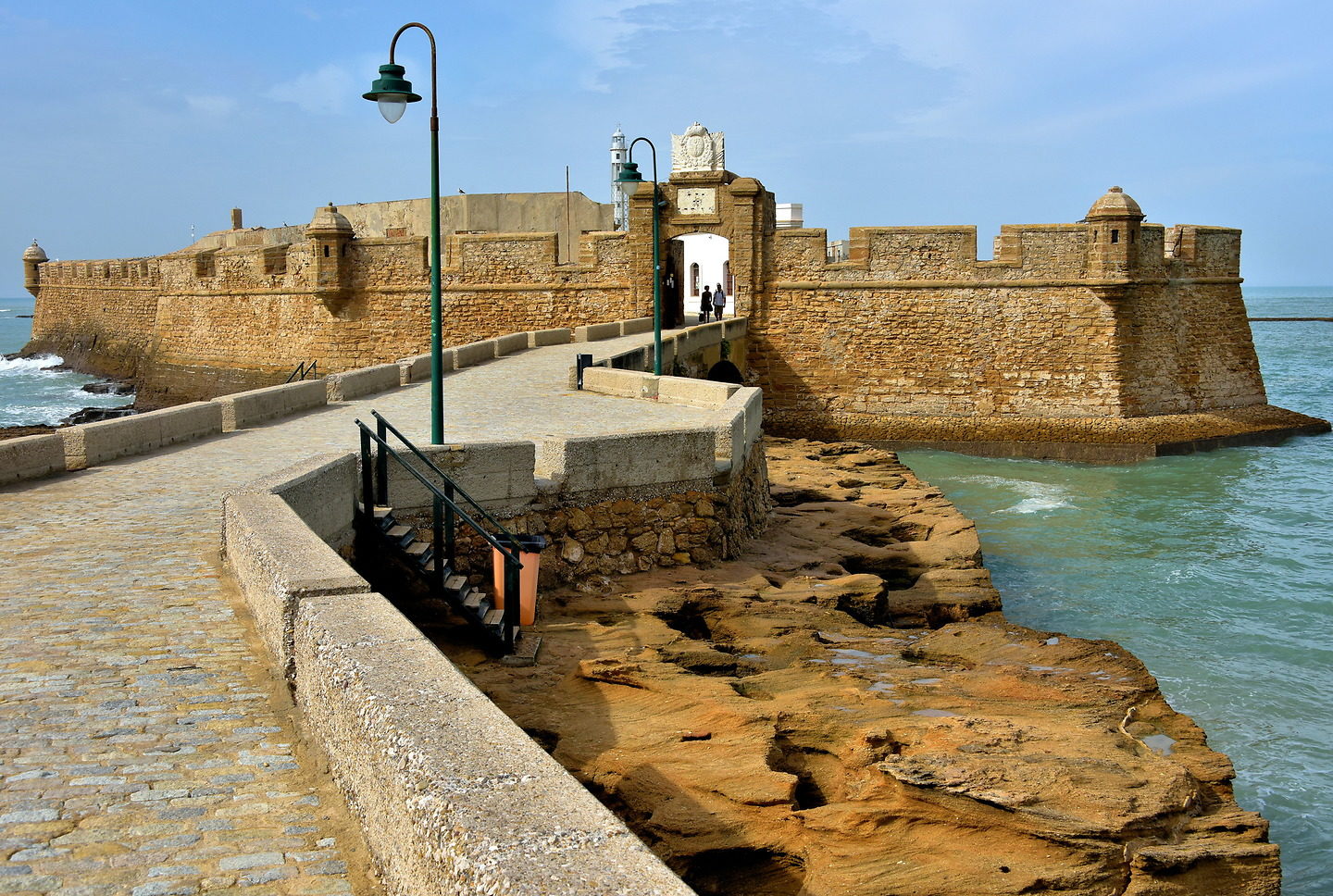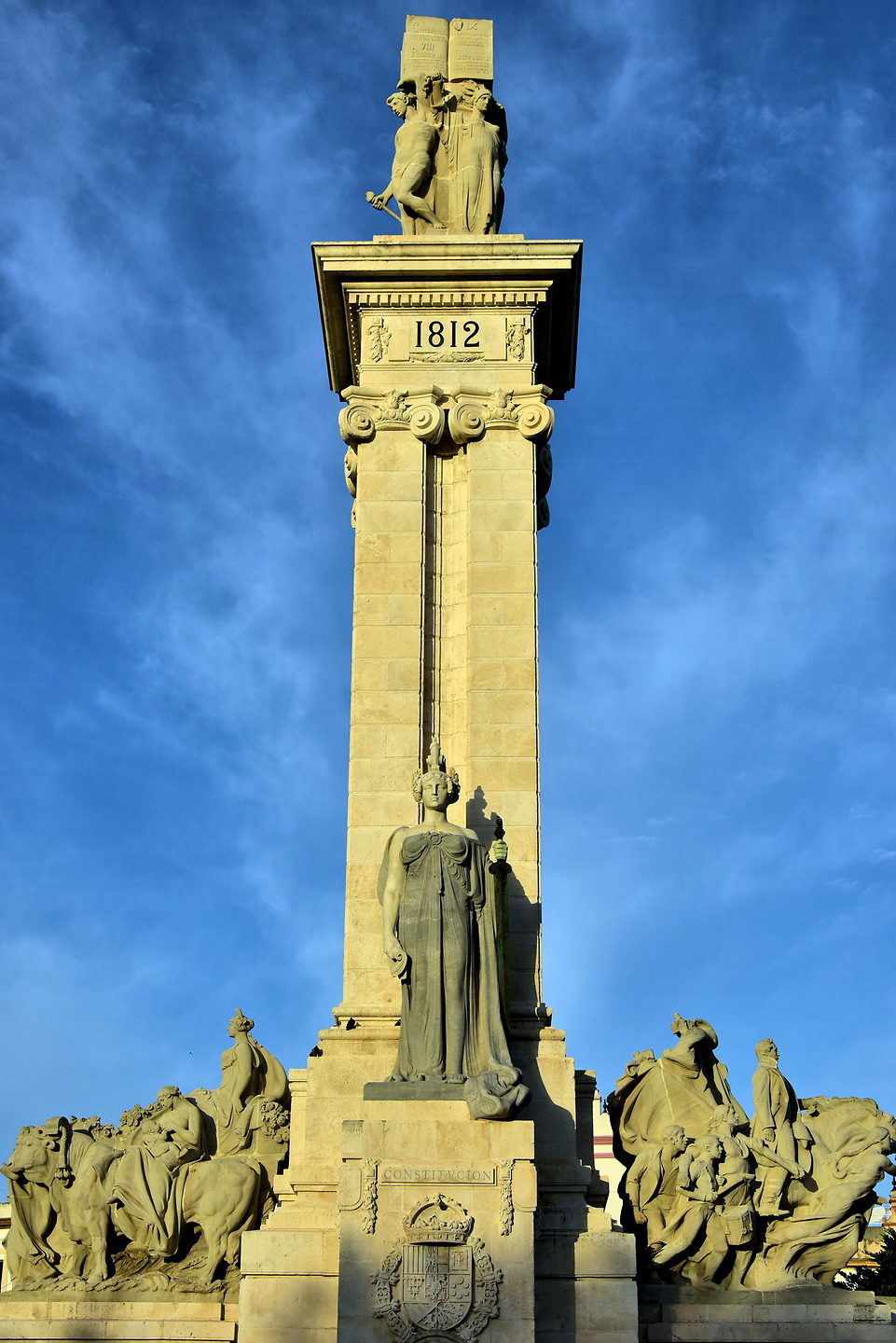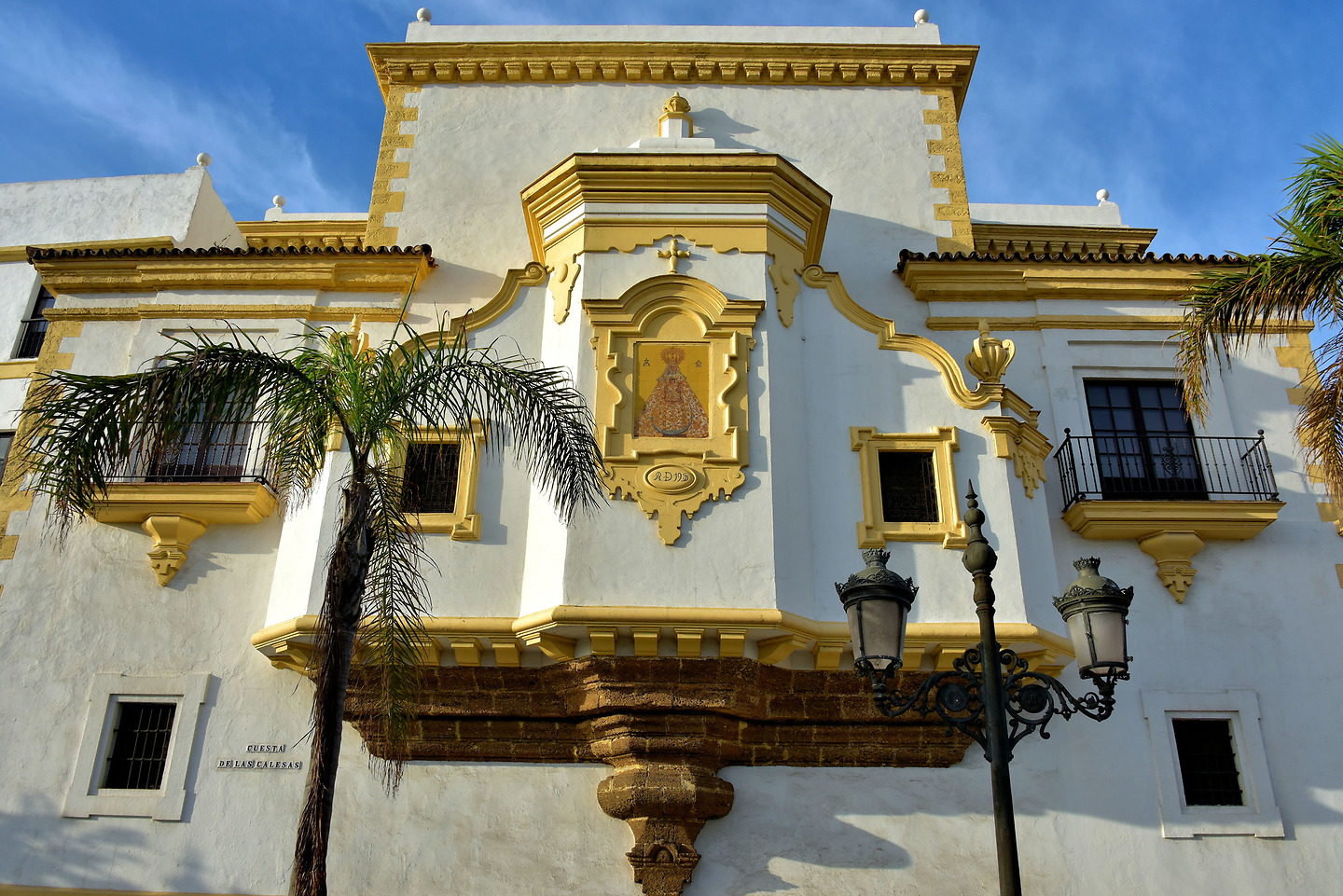Cádiz is Spain’s oldest city. Along its narrow streets and alleys is elegant architecture encircled by impenetrable fortifications created during the Golden Age of Cádiz. This period from the 16th to 18th centuries was when Cádiz was the epicenter of trade with the New World. Enjoy this walking tour through incredible history.











































